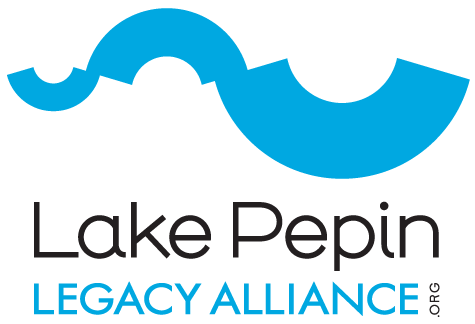By: Shawn Giblin, WI DNR
Published in: Big River Magazine / July-August 2018
Our understanding of how rivers work and our interest in healthy rivers have advanced steadily and swiftly over the last century, thanks in part to work done on the Upper Mississippi. When today’s students learn about the Cuyahoga River in the 1950s and 1960s they have difficulty believing that the river was so polluted that it actually started burning. A 1969 article in Time described the Cuyahoga as a river that “oozes rather than flows” and in which a person “does not drown but decays.”
When I show students pictures from the 1930s of sewage mats on the Mississippi in the Twin Cities, many think that I am kidding them. I see disbelief in their faces when I read the passage from Cal Fremling’s famous book, Immortal River: “The fetid, fester- ing accumulation of raw sewage led the U.S. Bureau of Fisheries to report that during August of 1927, forty-five miles of the river below St. Paul lacked sufficient oxygen to sustain fish life of any kind.” Schoolkids quickly understand that situations like these angered people and motivated them to demand solutions… (Download Full Article)

